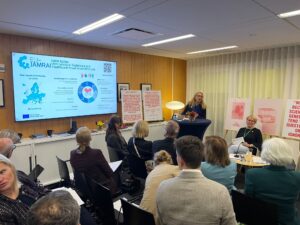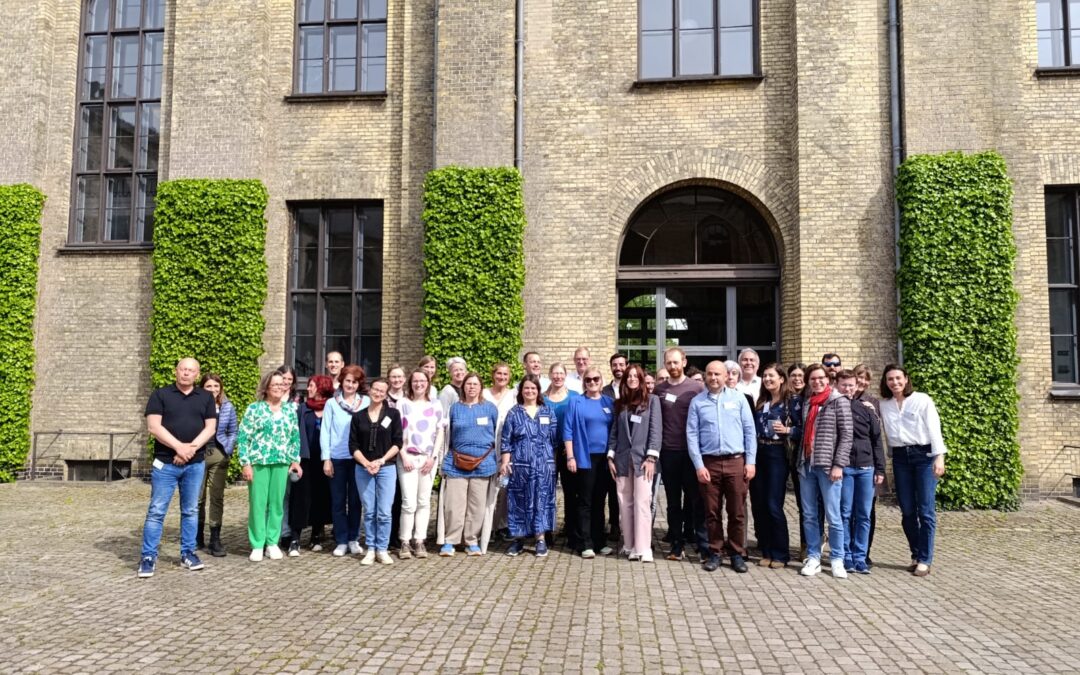Several representatives of EU-JAMRAI 2 attended the UNGA event on September 26-27, where world leaders gathered to address the problem of Antimicrobial Resistance.
The high-level meeting ended with the adoption by consensus of a political declaration that addresses the many issues and areas engaged to reduce AMR, including human, animal and environmental health; research and development; or production, training and monitoring.
It also sets ambitious targets to be achieved by 2030:
- Reduce by 10% the number of deaths worldwide associated with bacterial resistance to antimicrobials.
- Develop and implement multi-sectoral national action plans on antimicrobial resistance for all countries. These should include national targets based on an analysis of existing capacities and priorities, inclusive and effective multisectoral coordination mechanisms operating at the national level, and appropriate and sustainable human and financial resources.
- Facilitate sustainable international cooperation funding to support the implementation of these national action plans on antimicrobial resistance, with a target of $100 million to achieve at least 60% of countries having completed funded plans by 2030.
As part of the EU-JAMRAI 2 activities during the UNGA, Professor Marie-Cécile Ploy, coordinator of the Joint Action, presented at the event ‘Fostering Cross-Country Solidarity to Address Antimicrobial Resistance in the WHO Regional Office for Europe and Beyond,’ hosted by the Public Health Agency of Sweden alongside the United Nations General Assembly.
The key messages of her intervention bided for tailored knowledge exchange, collaborative problem-solving, and capacity-building networks. However, this global response to AMR must be locally adapted to be effective. Prof. Ploy also urged everyone to wear the AMR symbol, a reminder that we are all united in Building a One Health World to reduce AMR.
In the same event, Stella Kyriakides, European Commissioner for Health and Food Safety, highlighted the importance of EU-JAMRAI 2 and the need for increased global coordination and adequate resources to support one another in this health priority.





During the High-level Meeting world leaders and health authorities had the chance to wear the AMR Symbol. It served as a visual reminder of the importance of addressing now this global health threat.
The design of this symbol resulted from an international contest organised during the first edition of EU-JAMRAI. The concept is simple: two hearts slide together, turning into two pills. But the message is powerful: the capsules set the theme, the hearts remind us we need to care, and the band-aids tell us we need to fix it:
Gallery: world leaders and health authorities wearing the AMR symbol





















